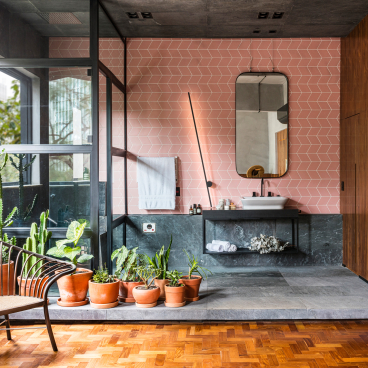Co-living: Time for method, not madness.
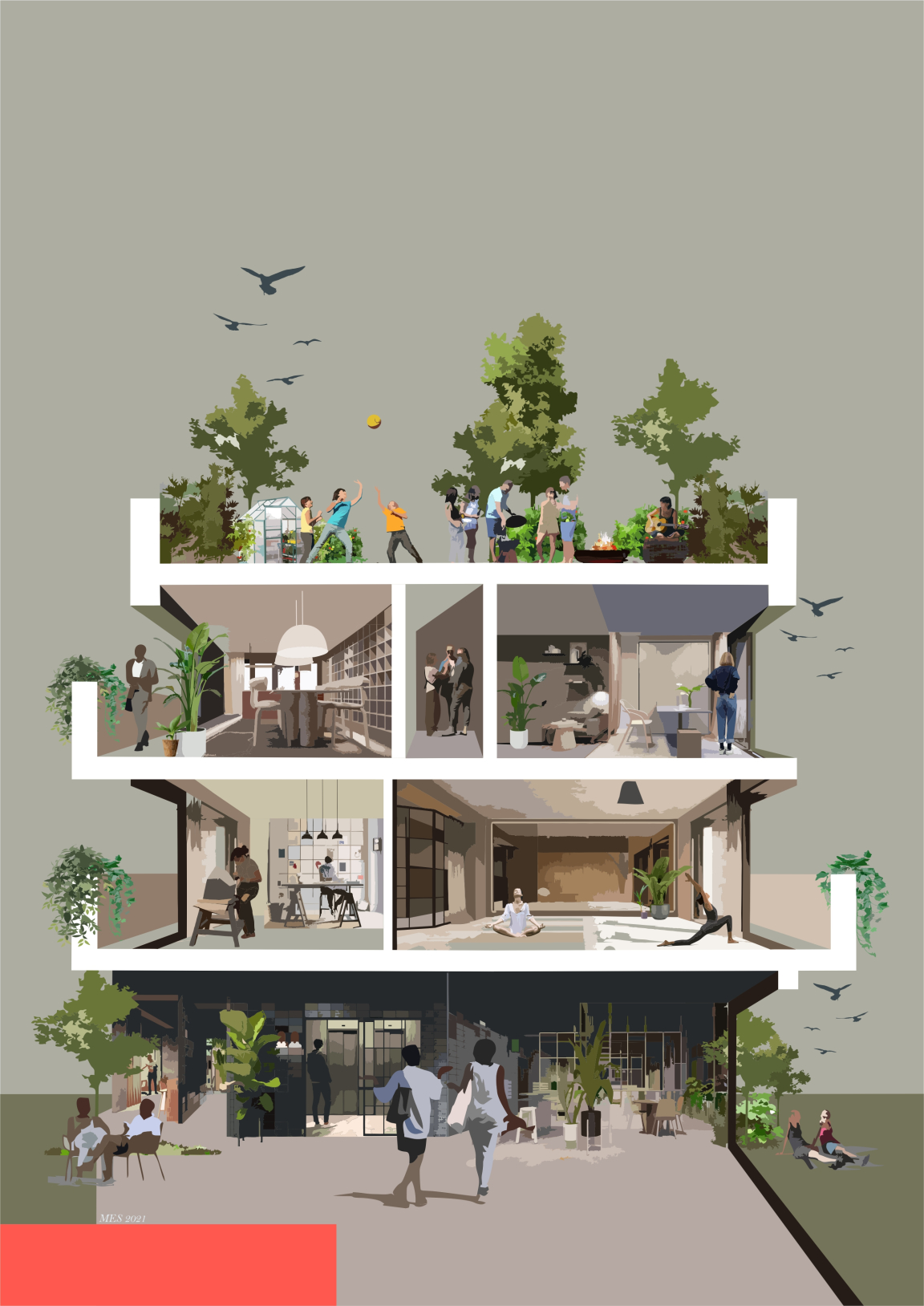
Monika Studio & Chiara Vascotto - aka Hologram - believe that, apart from notable exceptions, co-living establishments have shown more madness than method.
In response, Hologram's new Living For Good ™ approach seeks to reverse this.
Hologram is a collective of creative and strategic thinkers, diverse in their understanding and experience, from architecture, design, social sciences and the visual arts. They blend human insight with thoughtful design and visualise space differently, to illuminate and elevate its possibilities.
In the following article, the collective introduces us to their forward-thinking concept set to transform co-living as we know it. Over to Hologram...
Co-living is dead, long live co-living
In the light of the past two years, we’d be forgiven for thinking co-living was a blip, a social and development experiment gone wrong, with no real future prospects. The pandemic, with its social distancing mandates and the shift to remote working has made communal living look like a less palatable option. The news is filled with stories of remote workers fleeing the city in search the Good Life, away from urban centres and cramped commuter belts.
The commercial collapse of The Collective has also rekindled scepticism around co-living. And if the co-living pioneer is folding, what chances do the others have? The past decade has seen many attempts to emulate The Collective, yielding, with the exception of a few names, disappointing results.
In fact, co-living has become the category name that is often associated with sub-standard developments.
It’s time to look at co-living seriously - Monika Swindells
But where others may see the Armageddon of alternative residence, we at Hologram see a new dawn. Our professional expertise and ongoing interest in this market leads us to believe that there can be a way out of the co-living madness, though method.
It takes a village to develop co-living. We believe we can be that village.
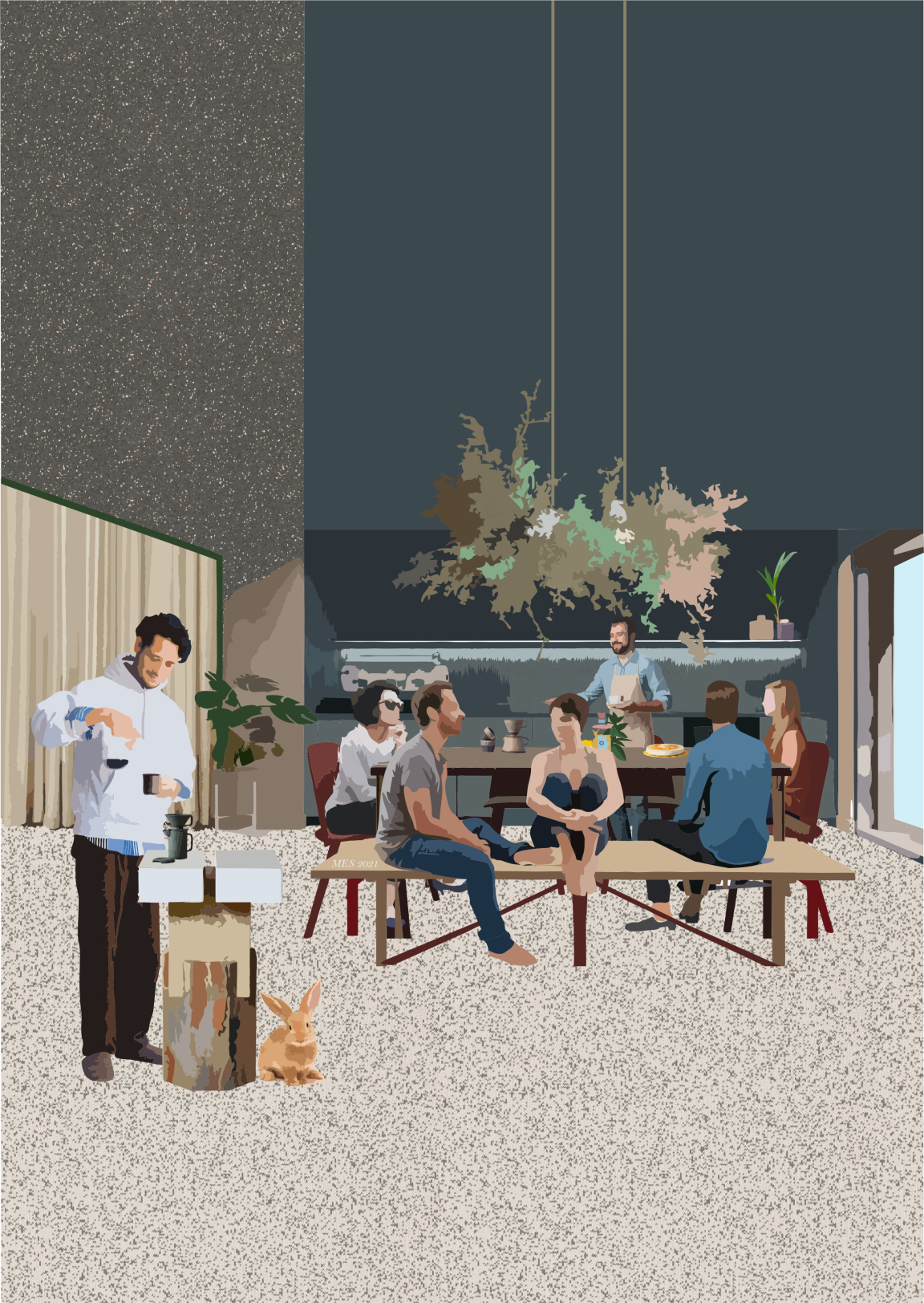
We are a collective of architects, designers and anthropologists committed to elevating living spaces to the best they can be, benefitting not only their occupants but the greater good. What drives us is a restless hunger for better living solutions, for the many.
We began our collaboration on PBSAs, where we demonstrated how a genuine understanding of human needs can shape the brief and eventually become spaces where students thrive. The brands we helped develop shook up a complacent market, raising the bar and engaging all stakeholders.
We have continued to apply our multi-disciplinary thinking to broader contexts. Together, we have developed our Living For Good method ™: an insight and design-led approach that puts the human at the centre of any living space, from inception. It creates meaningful living based on collaboration, human insights and agile forward thinking.
This way of looking convinces us that the time for co-living is now.
Why the time for co-living is now: the world is ripe for change
In addition to the more obvious societal shifts like remote working, the pandemic is ushering in subtler, quieter revolutions - the results of which are yet to be fully understood. What is undeniable, however, is that the whole world is questioning its old ways in deep, unprecedented ways. We are all called to re-think how we can and want to live. Times of upheaval call for fresh thinking and for greater openness to alternatives.
What we're also seeing is a search for greater purpose and meaning in a world that seems to have lost its way.
At a time of profound personal and collective reassessments, co-living can address new needs and aspirations - Chiara Vascotto
Although some of the changes are still in progress, here are the emerging needs we are witnessing, that can give co-living a new lease of life.
What these shifts are calling for, is a type of co-living that IS, FEELS and DOES good.
Society is hungry for change, for experiences that matter…and most importantly for a sense of belonging - Tony Swindells
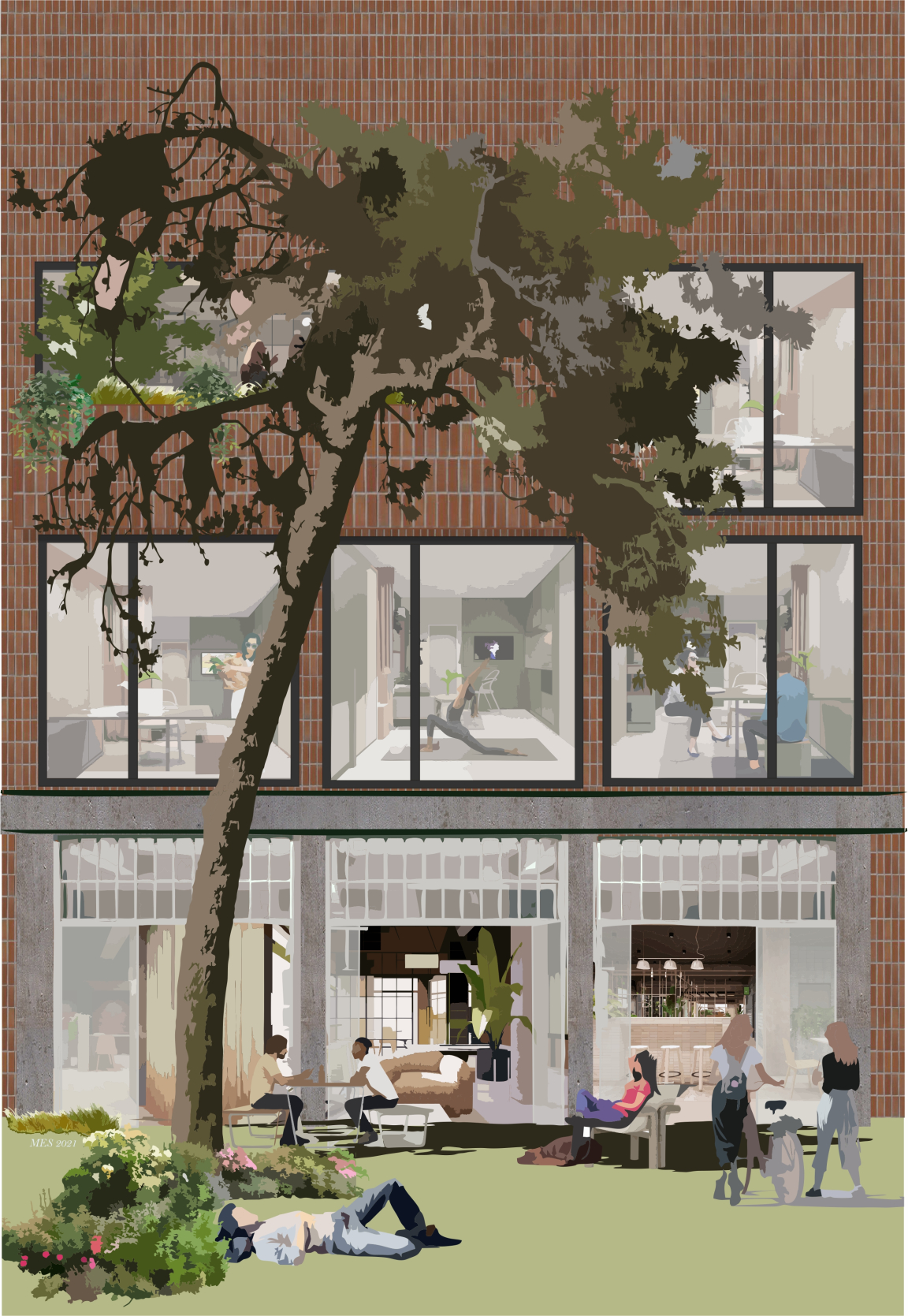
Co-living that IS good: Our homes need to work harder now.
Months in lockdown have shone the light on the preciousness of the space we live in, beyond the value of bricks and mortar. Our spaces have had to cater for multiple, sometimes conflicting needs and moods. We are asking more of our living spaces. And whilst for many the answer has been to seek more space, we would argue careful design is an even better asset. What you need are more spaces, not more space.
Co-living that FEELS good: Home is a feeling as well as a place.
Our living spaces affect our emotional and mental wellbeing. Forced isolation has shown us the value of human interaction and of true connection. Forced, prolonged proximity also brought its own challenges.
Months and months of uncertainty, loneliness and restrictions have taken a toll on our emotions, hurling wellbeing to the top of the agenda. And whilst young people are feeling it arguably more, people of all ages are seeking new ways to connect. Our vision for co-living is indeed trans-generational.
We have reflected extensively on how to create spaces that feel good. From the principle that we can only live together if we can always be alone, to communal areas designed to facilitate interaction, without people feeling they are on top of one another.
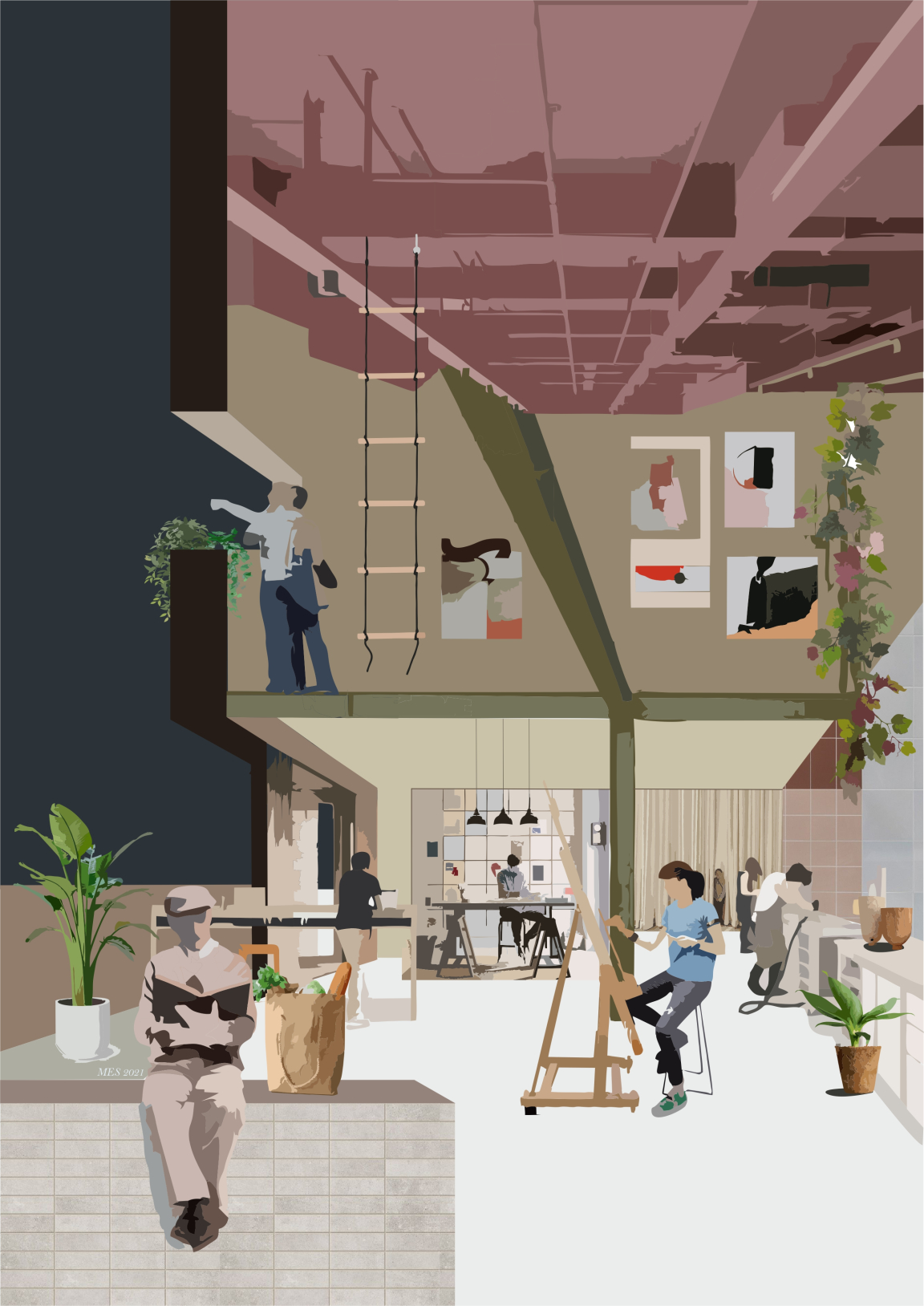
Co-living that DOES good: we are seeking more meaningful and purposeful lives.
It is increasingly hard, and ill-advised to ignore the climate emergency, as well as the deepening divisions and inequalities within society. The current situation is brewing not only anxiety, but an increasing desire for a more just society and a sustainable world.
For a while now we have seen how across demographics many of us are rejecting the mindless accumulation of goods, seeking to reduce waste, and trying to do the planet justice. The shared model of co-living is ideal to optimise resources and foster regenerative solutions, greater solidarity and social engagement.
But in order to deliver against these emerging needs, co-living must be done well. It is time for method, not madness. It is time for our Living For Good ™ approach.
It is clear that going forward, successful co-living needs to be more than a physical space. In response to these needs, we have outlined a set of principles that of course includes design, but goes way beyond structure, to shape the feeling and purpose of living spaces.
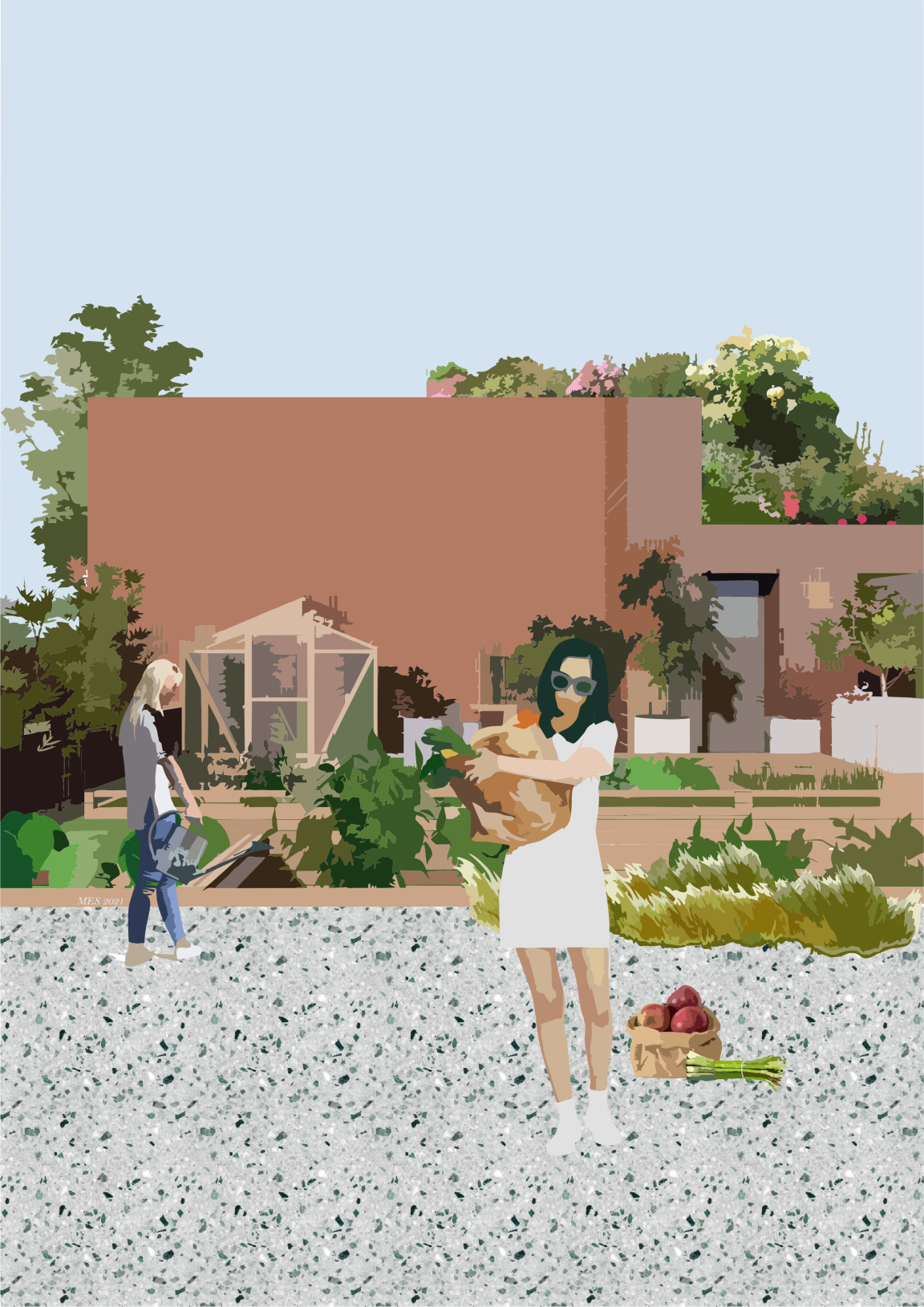
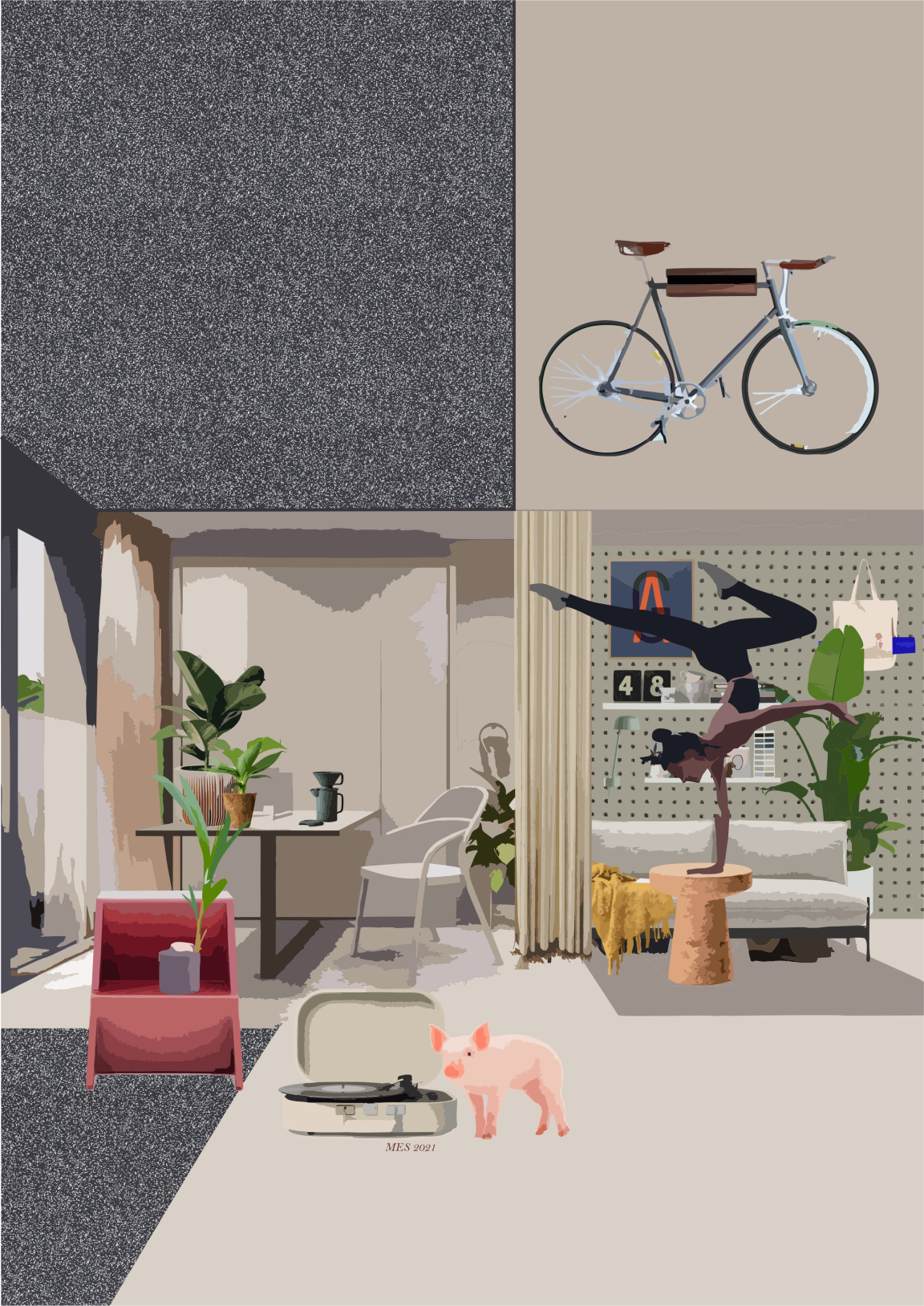
Co-living that IS, FEELS and DOES good.
We have outlined a method to develop successful co-living propositions. It is called the Co-living For Good ™ method, and it aims to create spaces that are not functionally and aesthetically impressive, but also designed to create and support social connections, and to contribute to the greater good.
In the next articles in our series, we will illustrate these three crucial pillars of our method. Stay tuned.




